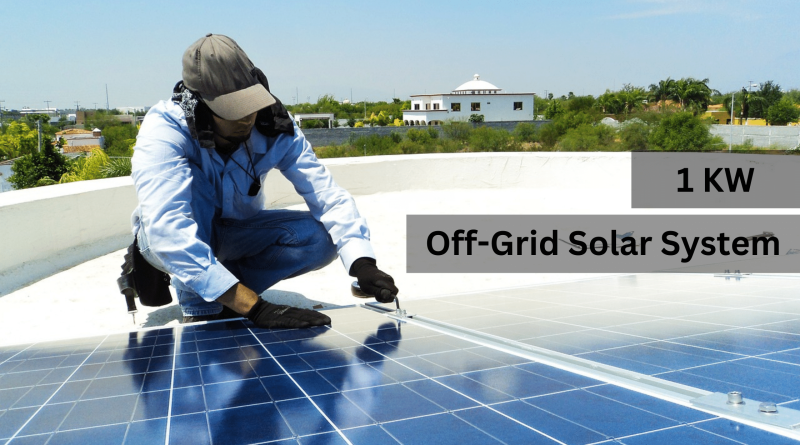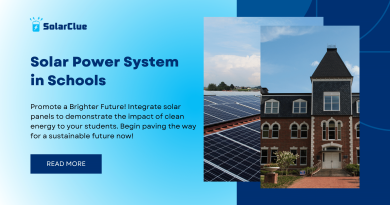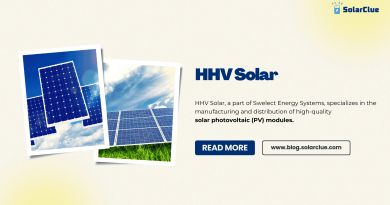Unveiling the Cost: 1kw Solar Off Grid System in India
A 1 kW Off-Grid Solar Power System is a great one to invest in for your roof, and India is on the right track towards a future that is greener and more sustainable due to solar energy. Solar energy has swiftly expanded in acceptance across the country due to the country’s abundant sunshine and growing environmental consciousness. The reasons why solar energy is so prominent in India are as follows:
- India receives more sunlight due to its location in the Tropic of Cancer, which is beneficial for solar energy production. India has an abundance of sunlight. The natural resource helps meet the country’s energy requirements.
- It’s vital to note that the government provides subsidies to people who are about to install solar panels on their rooftops.
- Solar energy contributes to sustainability and the reduction of pollutants.
- By removing fossil fuels, solar power is advancing clean energy.
- Long-term savings come from solar power.
Cost of a 1 kW solar off-grid power system:
The cost of a 1 kW solar off-grid power system is 1.7 Lakh. You can opt for no-cost EMI on our website.
Key Specifications
These are the key specifications of a 1 Kw Solar Off Grid Power System. You check on Solarclue 1 kW Off Grid Power System
| Specifications | |
| Sales Package Includes | 2 Panels Stand, 4sqmm 15 meter pair DC wire and (2 in 1 + 1 in 1) MC4 connectors |
| Warranty | 2 Years |
| Components | |
| Solar Panels | 3 No.s 330 WP (Ws-330), Polycrystalline Silicon Photovoltaic Cell Type, Warranty: 5 Years as per Manufacturer |
| DC Cables | 4 sq mm DC Copper Flexible Cable Size 20 meter Make: Poly cab/Finolex |
| Solar Battery | Off-Grid/Hybrid Solar Battery Capacity: 80 Ah Quantity: 4 No.s Efficiency>90% DOD: 80% depth Life Expectancy: 8-10 Years Make: Luminous/ Okaya/ Hipower Warranty: 5 Years |
| AC Cables | 2 Core, 4 sqm AC Copper Flexible Cable Size 20 Meter Make: Poly cab/Finolex |
Key factors include the quality of solar panels, inverter capacity, battery storage, and installation charges.
Yes, various government incentives and subsidies may be available, depending on your location and applicable policies.
The payback period varies but is often around 4-6 years, considering reduced electricity bills and potential incentives.
It can cover a significant portion of daily electricity needs, but the capacity depends on individual energy consumption.
Typically, these systems have a lifespan of 25-30 years with proper maintenance and care.
Yes, many financial institutions offer loans or financing schemes to make solar installations more accessible.
Yes, prices can vary. To secure the best deal, compare quotes from reputable solar vendors and consider multiple factors.
Yes, it’s possible to expand the system by adding more panels and batteries, but consult with a professional for optimal results.
Regular maintenance is necessary, including panel cleaning and inverter checks. Budget for periodic inspections by professionals.
By harnessing solar energy, these systems reduce reliance on conventional power sources, decreasing carbon emissions and promoting sustainability.




